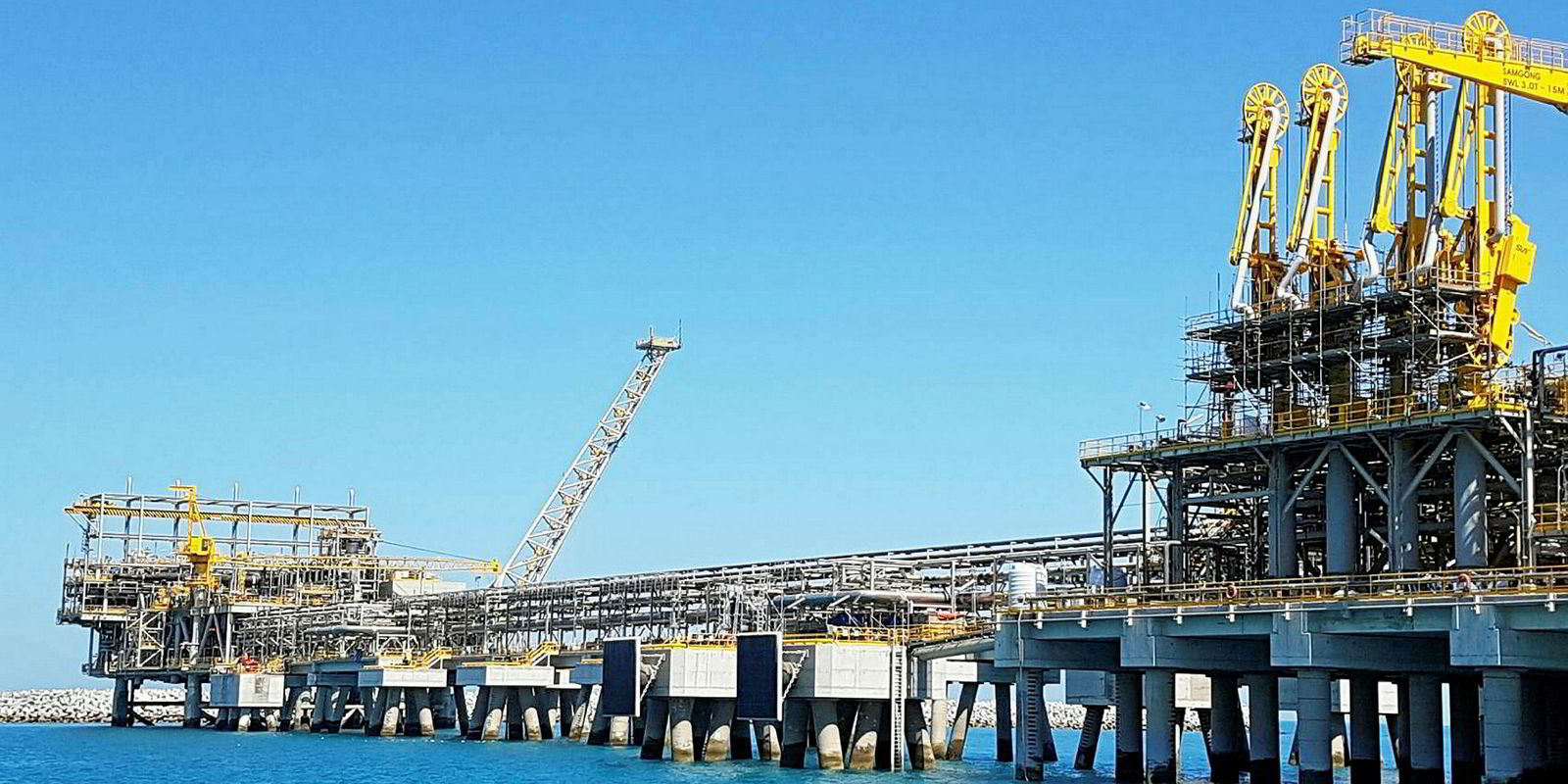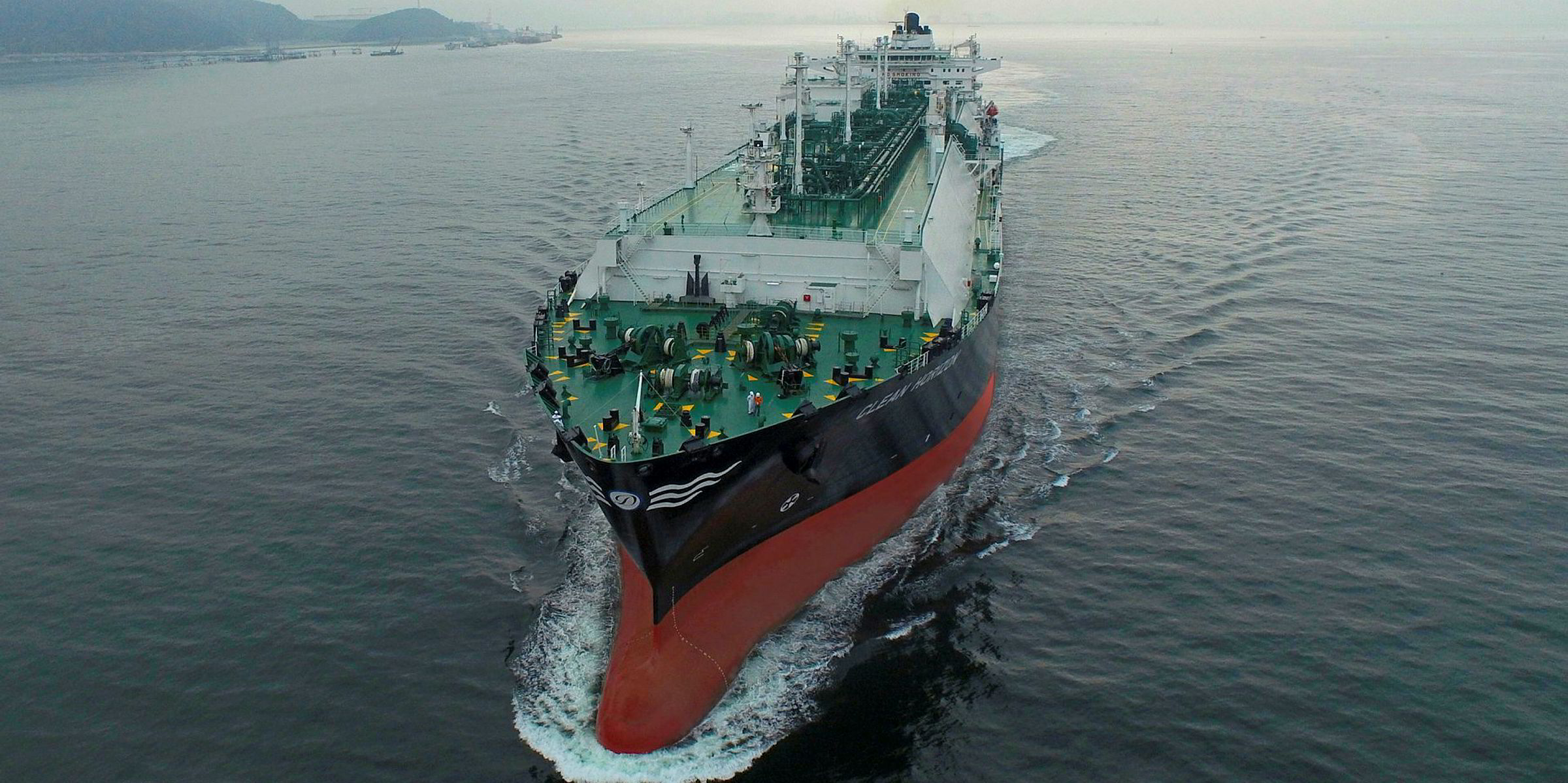LNG imports grew 8.3% year-on-year in 2018 to reach 314 million tonnes — the third largest annual increase seen after those recorded in 2010 and 2017.
In its 2019 annual report on the state of the LNG industry, the International Group of LNG Importers (GIIGNL) said China and South Korea continued to absorb new supply while additional volumes from Australia, the US and Russia contributed to increase market flexibility
406 mtpa: global liquefaction capacity
41 mtpa: new liquefaction capacity added during 2018
868 mtpa: active global regasification capacity
97,000: LNG cargoes have been delivered since 1964
16.4 years: average length of mid- and long-term contracts concluded
28 ships: laid-up, idle or "otherwise"
3 vessels: awaiting conversion
95 mtpa: total regasification capacity under construction
The France-based organisation said LNG delivered under contracts of four years or less accounted for 32% of total imports — or 99.3 million tonnes. That is up from 27% in 2017.
Cargoes delivered less than three months from the transaction date reached 25% of the market compared with 20% in 2017.
GIIGNL said this expansion was supported by the ramp-up of flexible volumes from the US and Russia, plus the rise of LNG volumes handled by aggregators and traders.
The organisation listed the LNG shipping fleet at 563 vessels at the end of 2018, in a year where it logged 77 new vessels — including two floating storage and regasification units plus 10 vessels of under 50,000 cbm — contracted. Some 57 LNG newbuildings were delivered last year, with 46 due for handover in 2019.
GIIGNL said the average spot charter rate for a 160,000 cbm LNG carrier stood at $88,692 per day, compared to an average of $46,058 per day in 2017.
The group lists 20 countries as LNG exporters with 42, including 2018’s newcomers Bangladesh and Panama, logged as LNG importers.
Asia took 76% of global LNG imports in 2018, with policy decisions such as China’s bid to improve its air quality and uncertainties over nuclear power in South Korea acting as drivers in the region.
GIIGNL said: “In Europe, cross-basin arbitrage opportunities continued to determine the level of LNG inflows as the reduction of price spreads led to a strong rise of import activity in Northwest Europe towards the end of the year.”
New supply came from the start-up of liquefaction projects in Australia, the US and Russia’s Yamal LNG, with eight new onshore trains commissioned in these countries last year. In addition, a new floating LNG production facility came online in Cameroon.
Currently, the Pacific Basin remains the largest source of LNG supplies with 43.8% of the global market, followed by the Middle East and the Atlantic Basin, GIIGNL said. But in 2019, the share of Atlantic Basin LNG supply in global trade is expected to continue to increase, as new LNG capacity comes online in the US.
GIIGNL president Jean-Marie Dauger said: “For LNG importers, long-term partnerships, destination and volume flexibility as well as the ability to optimise or arbitrage between Asian and European markets remain key.
“Looking ahead, our industry is on the verge of profound change in terms of market structure. In 2019, we are likely to reach a tipping point with many long-term supply contracts starting to expire and as new supply comes onstream."
He added: "Our industry needs to become more innovative and efficient in trading, fully embracing the opportunities offered by digital technology.”
GIIGNL boasts 81 member companies, headquartered in 26 countries which between them handle more than 90% of LNG imports worldwide.





